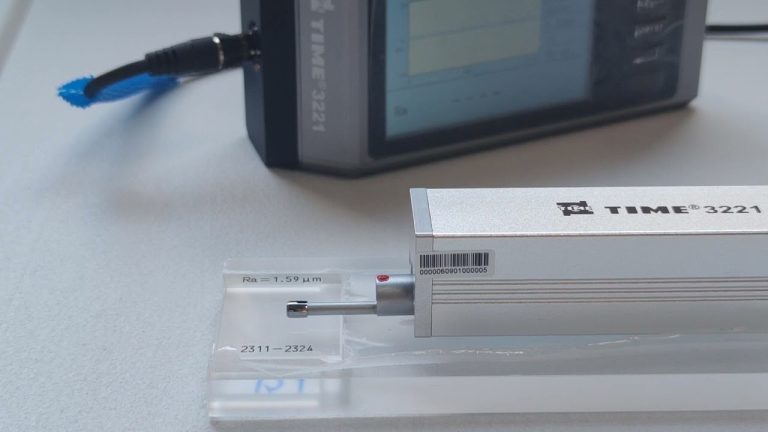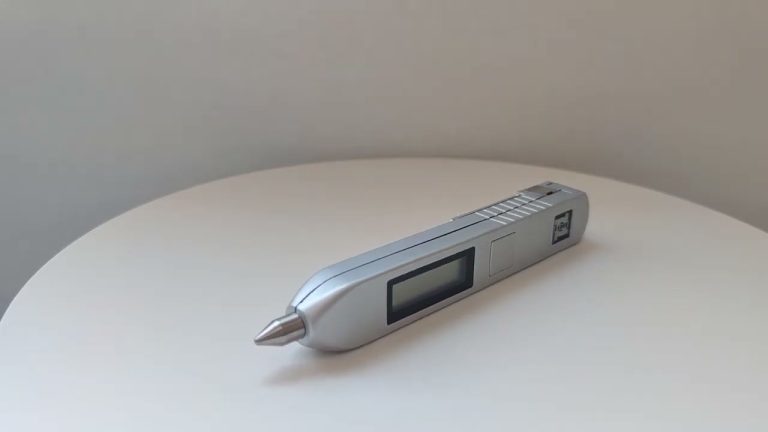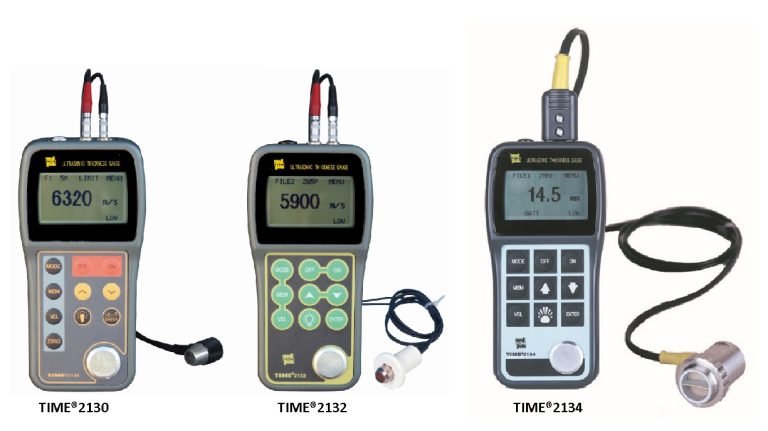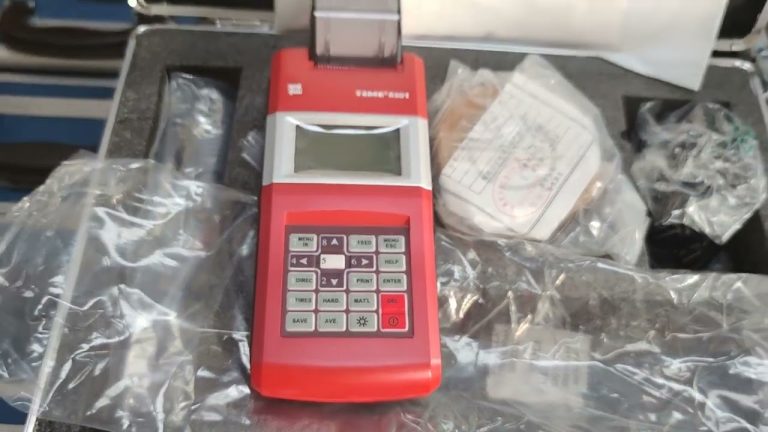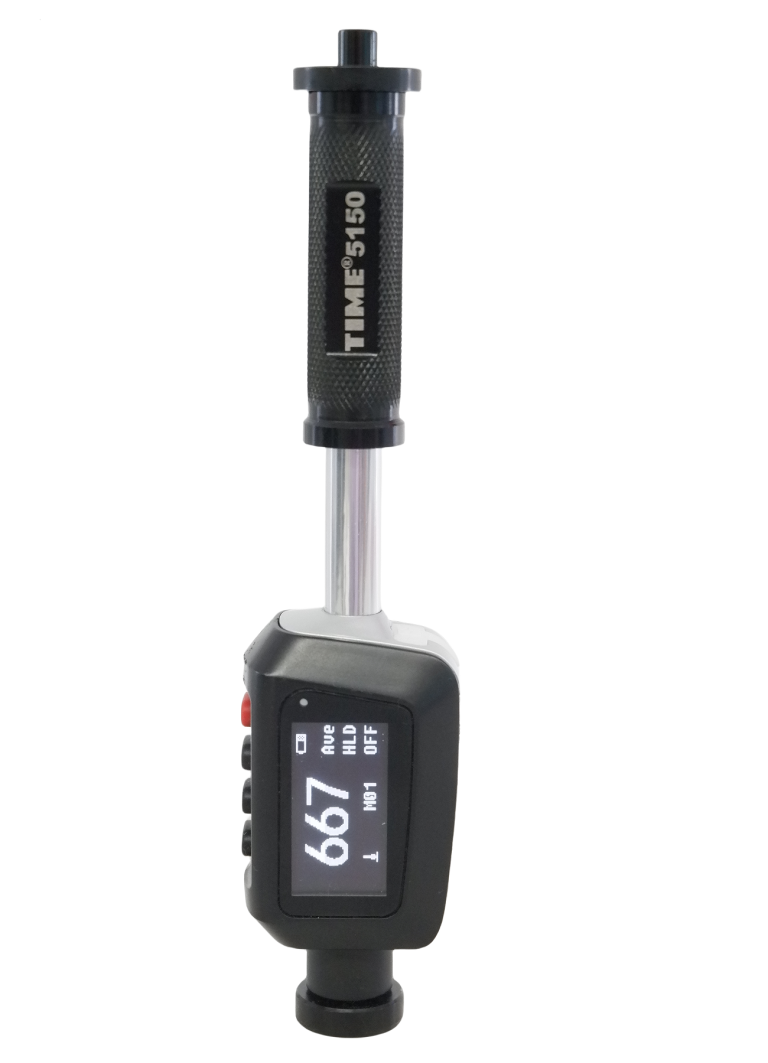The device used to directly observe the internal cavity of human organs is called an endoscope, or endoscope for short.
Industrial endoscopes can be used for inspection and observation of places with high temperature, toxicity, nuclear radiation, and places that cannot be directly observed by the human eye. They are mainly used in automobiles, aircraft engines, pipelines, mechanical parts, etc. They can achieve non-destructive testing without disassembly or destruction of assembly and equipment shutdown. They are widely used in various departments of modern core industries such as aviation, automobiles, ships, electrical, chemical, electricity, gas, atomic energy, civil engineering, etc.
Industrial endoscopes can also be coupled with cameras, video cameras or electronic computers to form photography, video and image processing systems, so as to monitor, record, store and analyze images of field targets.
From the perspective of materials science, endoscopes can be divided into two types: hard tube type and soft tube type, also known as hard endoscopes and soft endoscopes.
Rigid endoscopes
Rigid endoscopes include three major parts: image transmission, lighting, and air holes. The image transmission part is divided into an objective lens, a relay system, and an eyepiece to transmit images. The lighting part uses a cold light source to penetrate the body with an optical fiber. The air hole part is used to deliver air, water, and pass biopsy forceps.
Soft endoscopes
Endoscopes that use fiber beams to transmit images and light or use CCD to transmit images are called soft endoscopes. Because it has good softness and convenient operation performance. The characteristics of soft endoscopes are: easy access and can reach places that hard endoscopes cannot reach. With the addition of a head bending mechanism, blind spots can be eliminated. Samples and treatments can be taken through the biopsy hole. Soft endoscopes can be divided into fiber endoscopes and electronic endoscopes.
Industrial endoscopes are divided into optical endoscopes, fiber endoscopes, and electronic endoscopes based on the imaging form.
Optical endoscopes completely transmit the internal image through light without distortion to the eyes of the inspector, so the image is very fidelity and has the highest clarity among these endoscopes.
Fiber optic (fiber) endoscopes
The principle of fiber optic endoscopes is similar to that of optical endoscopes. In order to enter smaller holes, we choose fiber optic endoscopes. The clarity of fiber optic endoscopes depends on the number of fiber bundles.
Fiber endoscopes: The tip, bending part, insertion part, operating part, light guide hose, light guide connection part, and eyepiece tip end are a small rigid section, which are direct view (front view), side view, and oblique view. Gastroscopes and colonoscopes use direct view, while duodenal esophagoscopes use side view. The tip has: objective lens hole (image guide bundle), light hole (light guide bundle), air and water hole (nozzle), and biopsy hole. The bending part adopts the method of four steel wire traction. The head has four steel wires connected to the control part. By twisting the up, down, left and right hand wheels of the control part, the steel wires in different directions can be pulled respectively to make the bending head swing in the corresponding direction. The bending part contains light guide beams, image guide beams, various pipes, traction devices, bending pipes, and bending rubbers.
The hose part includes the bending part and the insertion part, also known as the snake tube. It is equipped with light guide beams, image guide beams, water and gas pipes, biopsy pipes (also suction pipes), traction wires, stainless steel belt hoses and metal mesh pipes, and the outermost layer is a smooth plastic sleeve. The fiber bundle that transmits images constitutes the core part of the fiber endoscope. It is composed of tens of thousands of extremely fine glass fibers. According to the principle of total reflection in optics, all glass fibers must be covered with a layer of film with a lower refractive index to ensure that all light transmitted by the inner core fibers can be fully reflected. The transmission of a single fiber can only produce one light spot. In order to see the image, a large number of fibers must be integrated into a bundle. In order to transmit the image to the other end and form the same image, each fiber must be arranged in the same position at both ends, which is called an image guide bundle. If one image guide bundle is disconnected, there will be an extra black spot in the image. The guide beam does not need to be arranged in the same position. If many of them are disconnected, the brightness will be significantly reduced.
Electronic endoscope
Electronic endoscope uses CCD instead of image guide bundle to transmit image signals, which are then processed and converted into video signals by the image processing center. CCD solid-state imaging devices are called CCD image sensors. Their structure is that many photosensitive diodes (pixels) are arranged on a silicon substrate, and the imaging light on them is converted into electrical signals, which are then transmitted in the same way to obtain image signals. The structure of electronic endoscopes is basically the same as that of fiber endoscopes. It can be simply understood as using CCD to replace the image guide bundle. Many functions are beyond the reach of fiber endoscopes.
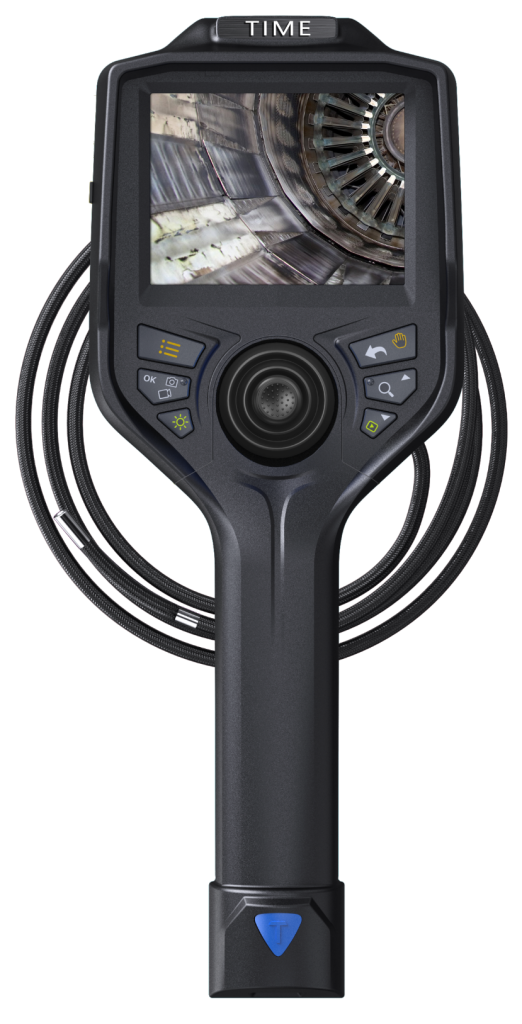
The entire set of electronic endoscopes includes: cold light source, image processing center, monitor, electronic gastroenteroscopy, and cart.
Electronic endoscopes have clear images and are easy to observe. They are equipped in the endoscopy rooms of large and medium-sized hospitals in China. Fiberscopes can also be observed through monitors when equipped with a television system. The image quality is much worse than that of electronic endoscopes and is mainly used in small and medium-sized hospitals.
Electronic endoscopes use CCD cameras to shoot the inner surface of an object and then display it through a video terminal.
- Video electronic endoscopes use digital color CCD imaging devices and have the characteristics of clear images, stable performance, convenient operation, and a wide range of applications. However, the price is relatively high and is generally used by automobile manufacturers and even in the aircraft industry.
- Optical fiber endoscopes use eyepieces to observe the internal conditions of the engine. Maintenance workers use their eyes to observe visually and are prone to fatigue at work;
- Optical fiber endoscopes + dedicated interfaces + digital cameras. They can directly view the internal conditions of the engine on the display screen of the digital camera and can take pictures of the observation results at the time. Moreover, their prices are very reasonable.

